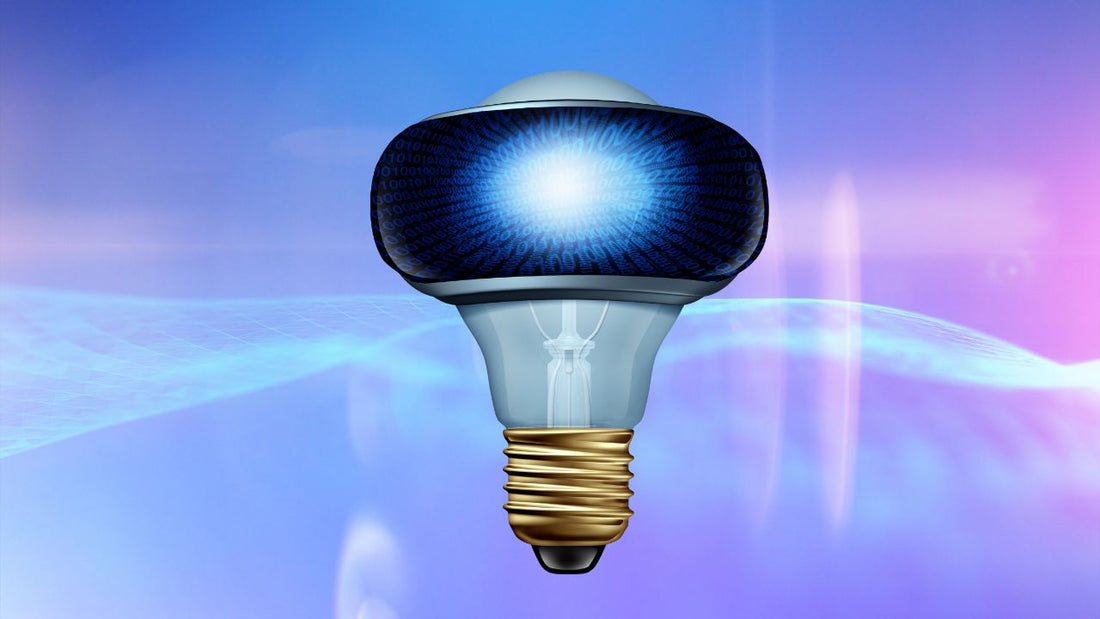With the Oculus Rift and HTC Vive finally available to consumers, it’s no surprise that people are looking for new and interesting ways to use these devices. And while gaming will undoubtedly be a big part of the VR experience, there are other potential uses for this technology. One such potential use is in education. Virtual reality can transport us to different times and places, making it the perfect tool for educational purposes. This blog post will explore five ways virtual reality can be used in an educational setting. There are many possibilities for VR in education, from field trips to history lessons. Read on to learn more!
5 Great Virtual Reality Ideas
As we all continue to learn more about the potential of virtual reality, it's only natural that we start to think about how this new technology can be used in educational settings. Here are a few great ideas for using VR in education:
1. Allowing students to experience different historical periods or cultures firsthand. VR can transport students back in time or place them in different parts of the world, giving them a much richer and more immersive learning experience than they could get from reading about these things in a textbook.
2. Helping students with special needs or disabilities. VR can provide a stimulating and safe environment for students with sensory processing disorders or other conditions that make traditional classrooms difficult.
3. Making difficult concepts easier to understand. VR can be used to create simulations of complex systems or processes, making them much easier for students to wrap their heads around.
4. Enhancing language learning experiences. Immersing yourself in a foreign culture via VR can help you pick up new vocabulary and better understand how the language is spoken in real-world situations.
5. Allowing students to explore dangerous environments without putting themselves at risk. For example, environmental science students could use VR to explore an area contaminated by hazardous waste without worrying about being exposed to those same risks.
Tech Resources
1. Headset Recommendations
If you're looking for a great VR headset to get started with, here are a few of our favorites:
-Oculus Rift S: A great all-around headset that's easy to set up and use.
-HTC Vive: One of the most popular VR headsets on the market, offering a great selection of games and experiences.
-PlayStation VR: A great option if you're already invested in the PlayStation ecosystem.
2. Content Recommendations
Once you have a headset, you'll need some content to go with it! Here are a few of our recommendations:
-Google Earth VR: Explore the world in a whole new way with this immersive experience.
-The Lab: A collection of mini-games from Valve that showcase the potential of virtual reality.
Educational Resources That Require Virtual Reality
Virtual reality is still in its early developmental stages, but several educational resources already require virtual reality to be used effectively. Some of these resources are still in the prototype phase, while others are already available to the public.
One such resource is Google Expeditions, an app that allows users to take virtual field trips to locations worldwide. The app is designed with Google Cardboard, a low-cost virtual reality headset. Expeditions offer various tours, each focusing on a different subject matter. For example, one tour might focus on ancient Egyptian history, while another might focus on the universe's formation.
Another educational resource that requires virtual reality is VirtualSpeech, an app that helps users improve their public speaking skills. The app uses virtual reality to simulate different speaking scenarios, such as giving a presentation in front of a large audience or a speech at a wedding. VirtualSpeech offers various exercises and games to help users practice their public speaking skills.
Finally, there is Tilt Brush by Google, an app that allows users to create 3D artworks using virtual reality. The app includes various brushes and tools that can be used to create anything from simple sketches to complex paintings. Tilt Brush is an excellent way for artists of all skill levels to experiment with three-dimensional art.
Conclusion
There are so many ways to use VR in the classroom, and we hope this list has given you some inspiration for how you can use VR to engage your students. Whether you're using it for history lessons or science experiments, VR is a great way to bring learning to life. If you're looking for more ideas, check out our blog for more posts on using VR in education.
Thank you for visiting ARVRedtech.com! Please consider signing up for our insightful newsletter. We are always looking at the latest augmented and virtual reality developments in education. If you have a product, service, or suggestion, please feel free to reach out to our team. If you liked this content, please share it with a friend!
Disclaimer: All product and company names are trademarks™ or registered® trademarks of their respective holders. Use of them does not imply any affiliation with or endorsement by them. We are not in any way associated with Google or Google Cardboard VR. The website's information, resources, and links are provided for informational purposes only. Information is subject to change without notice. Furthermore, the Site may contain links to affiliate websites, and we receive an affiliate commission for any purchases made by you on the affiliate website using such links.
We are a participant in the Amazon Services LLC Associates Program, an affiliate advertising program designed to provide a means for us to earn advertising fees by linking to Amazon.com and affiliated websites.

